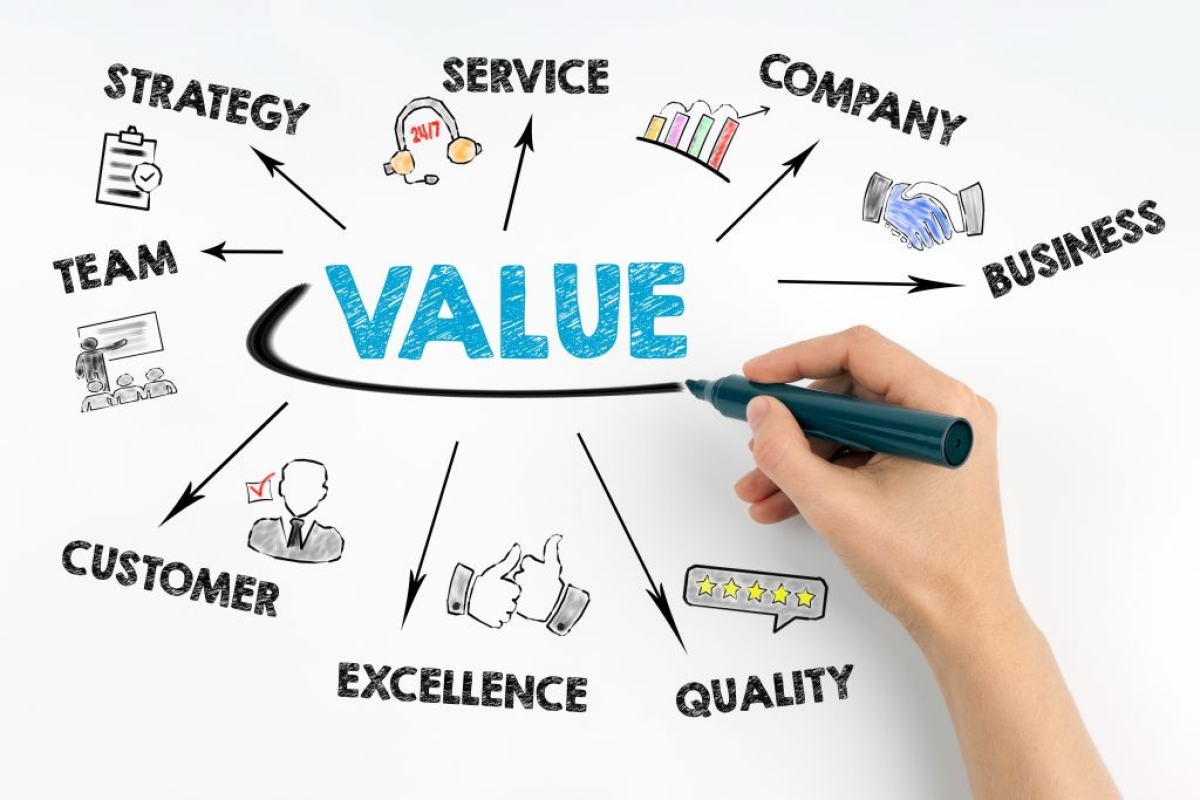
Classified Balance Sheet Vs. Unclassified Balance Sheet - Which is Better for Business Valuation
MediaWant to learn what classified and unclassified balance sheets are—and which is better for business valuation? Read more to explore detailed explanations and examples.
When conducting a business valuation, one of the most important financial statements to review is the balance sheet. The balance sheet provides a snapshot of a company’s assets, liabilities, and equity at a specific point in time. However, not all balance sheets are presented in the same format. Businesses may prepare a classified balance sheet or an unclassified balance sheet, and the choice of format can make a big difference when analyzing the financial health and true value of a company.
In this article, we’ll explore the differences between the two formats, explain how each is structured, show real-world examples, and determine which one is more useful for valuing companies.
What Is a Balance Sheet?
A balance sheet is one of the three core financial statements, along with the income statement and cash flow statement. Its main purpose is to show what a business owns and what it owes at a given date. The equation underlying every balance sheet is simple:
Assets = Liabilities + Shareholders’ Equity
- Assets represent everything of value the business owns (cash, receivables, property, inventory, intellectual property).
- Liabilities represent what the company owes (loans, accounts payable, accrued expenses).
- Equity represents the residual interest of owners after liabilities are deducted from assets.
For business valuation, the balance sheet is indispensable. It helps investors and analysts evaluate whether a company is overleveraged, has strong liquidity, or holds significant hidden value in its assets.
What Is an Unclassified Balance Sheet?
An unclassified balance sheet presents assets, liabilities, and equity in a simple, continuous format without breaking them into categories.
Key Features:
- Assets listed by liquidity: Cash first, followed by receivables, then equipment and property.
- Liabilities listed by maturity: Short-term obligations first, followed by longer-term debts.
- Straightforward totals: Assets, liabilities, and equity are each summed without subcategories.
Pros:
- Easy to prepare.
- Provides a quick snapshot of totals.
- Sufficient for very small businesses.
Cons:
- Lacks detail for in-depth analysis.
- Harder to assess liquidity or financial stability.
- Not very helpful for valuation models that require granular inputs.
Because of these limitations, an unclassified balance sheet is rarely used for professional business valuations.
What Is a Classified Balance Sheet?
A classified balance sheet provides the same overall totals but organizes financial data into meaningful categories. This structure helps users quickly assess the company’s short-term and long-term position.
Key Features:
- Current vs. Non-Current Assets: Separates liquid assets (cash, receivables, inventory) from long-term assets (property, plant, equipment).
- Current vs. Non-Current Liabilities: Breaks out obligations due within one year from those due in longer timeframes.
- Shareholders’ Equity Section: Clearly separates owner’s capital, retained earnings, and additional paid-in capital.
Benefits for Valuation:
- Provides detailed breakdowns necessary for liquidity ratios.
- Makes it easier to adjust assets to fair market value.
- Offers a structured view that supports discounted cash flow (DCF) and asset-based valuation models.
For these reasons, nearly all companies seeking external financing, investments, or valuation reports will prepare classified balance sheets.
Order of Items on a Classified Balance Sheet
The order in which items appear is not random—it follows accounting principles that maximize clarity.
- Assets – From most liquid (cash) to least liquid (property, intangible assets).
- Liabilities – From soonest due (accounts payable, short-term loans) to longest due (mortgages, bonds).
- Equity – Represents ownership claims, shown after liabilities since it is the residual interest.
This order makes it much easier to evaluate working capital and understand the company’s ability to meet short-term obligations.
Example of an Unclassified Balance Sheet
Assets
- Cash: 276,000
- Accounts Receivable: 69,000
- Equipment & Furniture: 165,600
Total Assets: 510,600
Liabilities
- Accounts Payable: 33,120
- Short-Term Loans: 20,700
- Other Liabilities: 13,800
- Note Payable: 96,600
Total Liabilities: 164,220
Equity
- Capital: 276,000
- Retained Earnings: 70,380
Total Equity: 346,380
Total Liabilities & Equity: 510,600
While useful for a high-level overview, this version provides limited insights into liquidity and solvency.
Example of a Classified Balance Sheet
Assets
- Current Assets
- Cash: 276,000
- Accounts Receivable: 69,000
Total Current Assets: 345,000 - Fixed Assets
- Equipment: 138,000
- Furniture: 27,600
Total Fixed Assets: 165,600
Total Assets: 510,600
Liabilities and Equity
- Current Liabilities
- Accounts Payable: 33,120
- Short-Term Loans: 20,700
- Other Liabilities: 13,800
Total Current Liabilities: 67,620 - Long-Term Liabilities
- Note Payable: 96,600
Total Long-Term Liabilities: 96,600
Total Liabilities: 164,220
Shareholder’s Equity
- Capital: 276,000
- Retained Earnings: 70,380
Total Equity: 346,380
Total Liabilities & Equity: 510,600
This classified version is far more useful for valuation, as it shows liquidity and long-term commitments separately.
Which Balance Sheet Is Better for Business Valuation?
When it comes to valuing a business, the classified balance sheet is the superior choice. Here’s why:
- Detailed Data for Discounted Cash Flow (DCF)
The DCF method requires a breakdown of short-term and long-term assets and liabilities. Without this detail, it’s impossible to project future cash flows accurately.
- Adjustments for Asset-Based Valuation
In asset-based valuation, analysts must adjust book values to fair market values. Knowing the categories of assets (current vs. fixed) is crucial for making realistic adjustments.
- Liquidity and Solvency Insights
Ratios like the current ratio, quick ratio, and debt-to-equity ratio rely on classified financial data. These ratios are essential for understanding whether a business can sustain operations and growth.
- Professional Standards
Investors, banks, and valuation professionals expect classified balance sheets. Using an unclassified format can raise concerns about transparency and completeness.
For these reasons, a classified balance sheet is the recommended format for any professional business valuation.
Final Thoughts
While both classified and unclassified balance sheets serve the same purpose of showing a company’s financial position, they are not equally useful for valuation. For analysts, investors, and business owners, the classified balance sheet offers far greater insights and is the preferred format in nearly all valuation scenarios.
If you are preparing for a business valuation and want accurate results without spending countless hours restructuring financial data, you can take advantage of modern tools.
? Try Equitest – AI Business Valuation Software. With Equitest, you can upload your financial statements and receive a full valuation report in minutes. Our system automatically processes classified balance sheet data, runs advanced valuation models, and delivers professional reports you can share with investors, banks, or clients.
Related items
Media
(To unmute the video clip, click the video)

